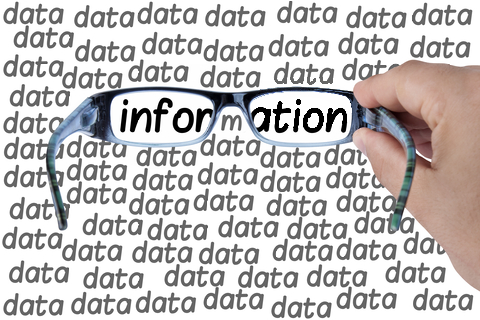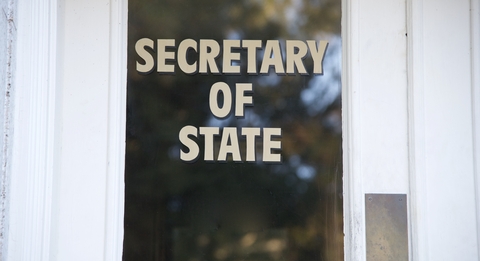Information literacy – What it is and why you should care
As many of you know, I’m a former librarian–although, once a librarian, always a librarian. I still use the information skills I learned on the job and in grad school on a daily basis, and I still teach them through this blog and through my social media, presentations, and online courses.
When I say “information skills” I mean those skills we need to solve problems or answer questions so we can take action. It doesn’t matter what you’re doing, you know how important it is to have the right kind of information at the right time. From professional development to business strategy to learning a new hobby or solving a family crisis.
Back in the library, we called it “information literacy.” I’ve used “information skills” or “research skills” a lot since my library days, avoiding the older term, thinking it a bit too technical and maybe a little scary. People get defensive when you insinuate that they may be illiterate. But perhaps it’s actually about becoming more literate. Especially with easy access to more information than ever, most of it questionable.
We can all improve. Even those of us who call ourselves professionals. We all need a little help with avoiding bad data and creating better work. That’s why it’s time to bring back calling it what it is and start promoting information literacy. Literacy is always the path to success, and we could all use some of that in our information-dependent lives and careers.
To do my share, this is the first in a series of posts in which I’ll highlight The Big6 approach to information literacy. I used the Big6 framework when I taught students at the university library, and I use a modified version today when I talk about 3 steps to better research. It helps organize what we need know about information literacy and offers a process for solving information-related problems that can be used by information-seekers of all ages and interests.
Here’s a snapshot of how The Big6 works and how it applies to finding and using essential information:
1. Define the task
- What do I need to know?
- What types of information do I need?
2. Create the strategy
- What are the possible sources for this kind of information?
- What are the best sources in this situation?
3. Find and use the sources
- Where are the sources located?
- How do I find the information I need in each of these sources?
4. Use the information
- How can I engage with the information?
- How can I extract the information I need?
5. Synthesize the information
- How do I organize and extract meaning in the information?
- How do I present the information to others or put it to use?
6. Evaluate the results
- How effective were these results?
- How efficient was the process ?
Look for future posts with more in-depth discussion for each of these six steps, how I use them for my investigations, and how you can apply them whenever you need information that you can rely on. You can also check out my newest online courses at Illumeo.com.




[…] something important. That’s where those information skills come in handy, and I’ve previously posted about The Big6, a six-step framework for improving information literacy. In this post I’ll go into more […]